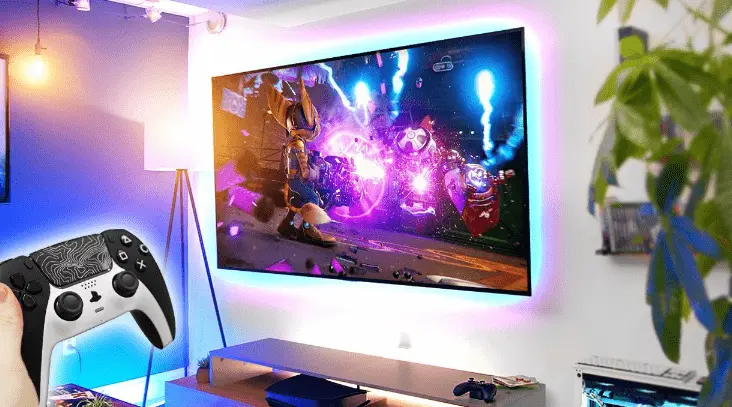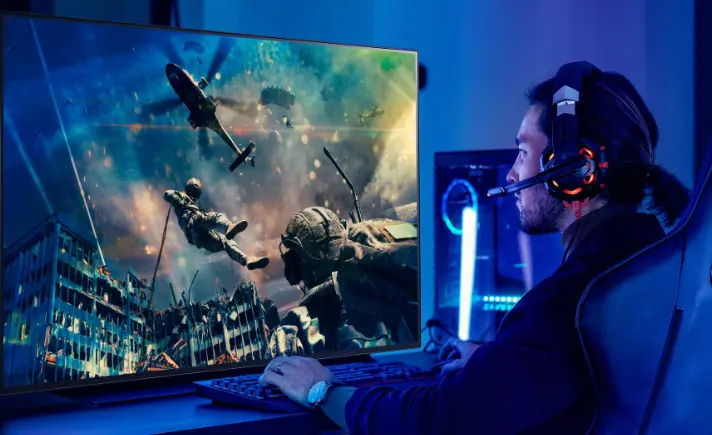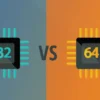
Choosing the best 4k tv for gaming can significantly enhance your gaming experience, immersing you in stunning visuals and delivering smooth gameplay like never before. With the rapid advancements in display technology, selecting the perfect television tailored to your gaming needs can be overwhelming. However, fear not, as we’ve curated this guide to help you navigate through the myriad of options available in the market.
From input lag to HDR support and connectivity features, we’ll explore the key factors to consider when selecting the ultimate 4K TV for your gaming setup. Whether you’re a casual gamer or a competitive enthusiast, finding the right TV can make all the difference in maximizing your gaming enjoyment.
best 4k tv for gaming

best 4k tv for gaming
Step-by-Step Guide to Finding the best 4k tv for gaming:
Assess Your Gaming Needs:
Consider your gaming habits, including the types of games you play and how frequently you game.
Determine whether you prioritize graphics quality, fast response times, or a combination of both.
Research Display Technologies
Learn about different display technologies like OLED, QLED, and LED-LCD to understand their benefits and drawbacks for gaming.
Consider factors such as contrast ratio, color accuracy, and brightness levels that can impact your gaming experience.
Evaluate Input Lag and Response Time
Look for TVs with low input lag and fast response times to minimize delays between your controller input and on-screen action.
Check professional reviews and user feedback to gauge real-world performance in gaming scenarios.
Consider Refresh Rate
Aim for TVs with high refresh rates (ideally 120Hz or higher) to ensure smooth gameplay, especially in fast-paced and competitive games.
Keep in mind that not all games or consoles support higher refresh rates, so prioritize this feature based on your gaming preferences.
Assess HDR Support
Determine whether HDR (High Dynamic Range) support is important to you for enhanced contrast and color accuracy in games.
Look for TVs that support popular HDR formats like HDR10 and Dolby Vision for the best compatibility with gaming content.
Review Connectivity Options
Check for sufficient HDMI ports with support for features like HDMI 2.1, which enables higher bandwidth and advanced gaming features like Variable Refresh Rate (VRR) and Auto Low Latency Mode (ALLM).
Consider additional connectivity options such as USB ports and Ethernet connections for peripheral devices and online gaming.
Set a Budget
Determine your budget range based on your gaming priorities and the features you deem essential for your gaming setup.
Balance your budget with the overall value and performance of the TV to ensure you’re getting the best bang for your buck.
Read Reviews and Compare Models
Research online reviews and expert recommendations for the best 4k tv for gaming within your budget range.
Compare specifications, features, and user feedback to narrow down your options and identify the top contenders.
Visit Retail Stores (Optional)
If possible, visit local electronics stores to view and test display models in person.
Take note of picture quality, input lag, and other performance factors to make an informed decision.
Make Your Purchase
Once you’ve selected the best 4K TV for gaming that meets your criteria and budget, proceed with your purchase from a reputable retailer.
Consider extended warranty options for added peace of mind, especially for high-value electronics investments like a gaming TV.
By following these step-by-step instructions, you can confidently choose the best 4K TV for gaming that suits your preferences and enhances your gaming experience to new heights.
Input Lag and Response Time

best 4k tv for gaming
Step-by-Step Guide to Understanding Input Lag and Response Time:
Understanding Input Lag: Input lag refers to the delay between your actions (such as pressing a button on your controller) and the corresponding response on the screen.
This delay can affect your gaming experience, particularly in fast-paced games where split-second reactions are crucial.
Why Input Lag Matters
High input lag can result in a noticeable delay between your actions and on-screen reactions, leading to a less responsive and immersive gaming experience.
Minimizing input lag is essential for competitive gamers who rely on precise timing and quick reflexes to gain an edge over opponents.
How to Measure Input Lag
Input lag is typically measured in milliseconds (ms), with lower values indicating less delay.
Professional reviews and user feedback often include input lag measurements for specific TVs, helping you make informed decisions.
Evaluating Response Time
Response time refers to how quickly pixels on the screen change from one color to another, usually measured in milliseconds (ms).
Faster response times result in smoother motion and reduced motion blur, enhancing the overall clarity of fast-moving images in games.
Factors Affecting Input Lag and Response Time
- Display technology: Different display technologies (such as OLED, QLED, and LED-LCD) can impact input lag and response time.
- Game mode: Many modern TVs feature a dedicated game mode that reduces input lag by disabling certain processing effects.
- Refresh rate: Higher refresh rates, such as 120Hz or 240Hz, can contribute to smoother motion and potentially lower input lag.
Researching Input Lag and Response Time
Consult professional reviews and user forums to gather information about input lag and response time for specific TV models.
Look for TVs with gaming-focused features and optimizations designed to minimize input lag and improve response time.
Testing Input Lag (Optional)
If possible, test input lag and response time firsthand by gaming on different TVs or visiting electronics stores to try out display models.
Pay attention to the responsiveness of controls and the clarity of motion to assess input lag and response time in real-world scenarios.
Read more: Clubhouse for PC Windows 11
Balancing Input Lag with Picture Quality
While low input lag is important for best 4k tv for gaming, it’s essential to balance it with other factors like picture quality and display features.
Consider your gaming priorities and preferences to find a TV that strikes the right balance between input lag and overall performance.
Conclusion
In conclusion, finding the best 4k tv for gaming is a crucial step in optimizing your gaming setup and enhancing your overall gaming experience. By considering factors such as display technology, input lag, refresh rate, HDR support, and connectivity options, you can narrow down your options and choose a TV that meets your gaming needs and preferences.




